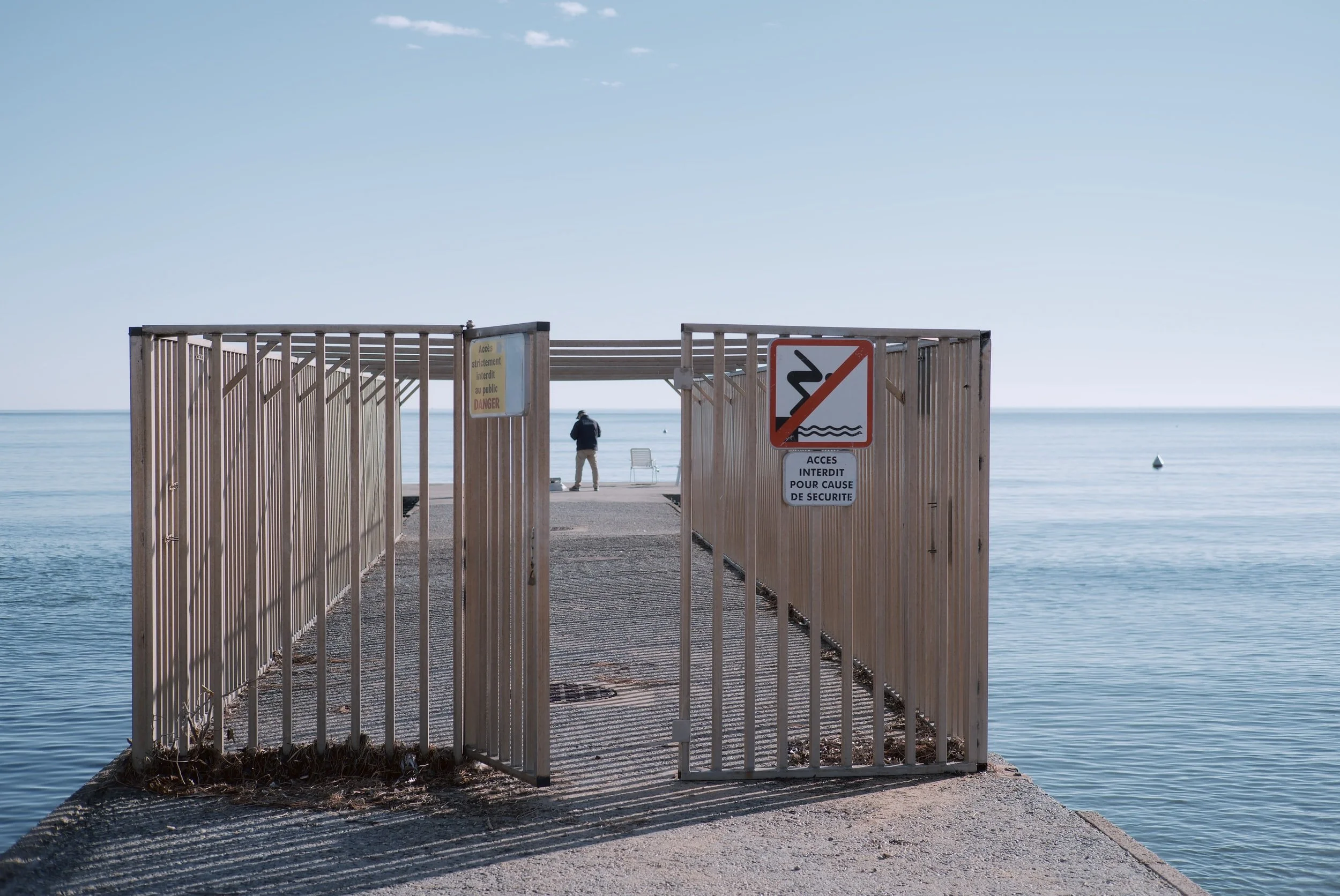Last summer, the United States Bureau of Population, Refugees and Migration (PRM) announced a “new approach to address the impacts of climate change on migration and displacement”. The announcement emphasized the importance of developing “humane policies” and outlined the four principal objectives of the US in addressing the impacts of climate change on migration and displacement. While a promising sign, so far this “new approach” has resulted in little substantive change, all while the US struggles to implement coherent and effective immigration and climate policy.
The Not-So-Hidden Climate Risks for Gaza's Displaced
Gaza is one of the world’s most densely populated places. A narrow strip of land only 141 sq. miles (365 sq. km.), it is home to 2.1 million Palestinians, 81 percent of whom are refugees. In addition to the humanitarian and political crises created by multiple years of recurring conflict, Gaza is also highly vulnerable to climate change. This includes experiencing more frequent and increased cold snaps in winter months and temperatures rising 20 percent faster than anywhere else in the world.
The International Committee of the Red Cross (ICRC) has examined the intersections of the environment, climate change and conflict extensively, and as the ICRC puts it, Gaza is “where the effects of climate change exacerbate serious humanitarian needs resulting from an unresolved conflict.”
UNHCR Official: “Good Case to Be Made” for Climate Refugees Protocol
Assistant High Commissioner for Protection Gillian Triggs said recently that while opening up the 1951 Refugee Convention to reform would be a risky step backwards, there was a “good case to be made” that a new protocol on climate refugees should be introduced.
The comments from one of UNHCR’s most senior officials come just a few months after a report by the UN Special Rapporteur on the promotion and protection of human rights in the context of climate change highlighted the apparent reluctance of UN agencies on refugees and migration to provide a total assessment of the number of people displaced internationally as a result of climate change. In that report, Special Rapporteur Fry explicitly called for an optional protocol to the 1951 Convention, commenting that it would be logical for UNHCR to administer such a protocol in coordination with IOM and other relevant bodies.
Record-Breaking Temperatures are an Urgent Reminder to Protect Refugees & Migrants
The individuals facing the worst consequences have played no part in creating this climate crisis. Adequate protection must be provided to individuals made vulnerable and exposed to climate hazards such as extreme temperatures, including by introducing mobility pathways for affected communities and providing funding to countries for the losses and damages caused by climate change in order to develop adequate infrastructure and help build livelihoods for refugees, displaced persons and migrants worldwide.
Ukrainian Refugee Crisis Offers Disturbing Insight for Future of Climate Refugees
It’s been one month since Russia invaded Ukraine, causing 3.5 million people to flee the country, an overwhelming majority heading west into the European Union (EU). As the smoke has cleared from the initial onset of the invasion, a picture has begun to emerge highlighting the either “unusually generous or overtly racist” stance taken by western media and the EU towards Ukrainian refugees in contrast to other non-Ukrainian refugees.
When those displaced by climate induced famine or conflict come from Africa, the Middle East or South Asia seeking refuge, can they expect such a warm reception from the EU and other wealthy nations as Ukrainian nationals have received? Sadly, refugee policy in Europe and other wealthy western nations have made it clear this is not the new status quo in handling refugees.
IPCC Warns of Climate Traps Among Refugees and Displaced Peoples
In Chapter 8: Poverty, Livelihoods, and Sustainable Development, the IPCC has a sub-section titled “Box 8.1: Climate Traps: A Focus on Refugees and Internally Displaced Peoples” where the authors highlight the extreme vulnerability refugees and internally displaced peoples have to climate change and how this cycle of multidimensional poverty perpetuates itself - what we might term ‘climate trap.’
The term ‘climate trap’ or ‘poverty trap’ as it is more commonly known, is a concept that is widely used by development practitioners or academics within the scope of development. ‘Poverty trap’ is the notion that poverty begets poverty. Take for example a family in a poor rural community in a developing country who grows crops for sustenance and possibly, livelihood. It is not uncommon for such families to be in dire situations economically that children aren’t able to attend school because even they must work in the fields for their families to survive. During my time in Mongolia, and now in Kyrgyzstan, I’ve seen many families forced into situations like this.







